Back in 1994, Autocar’s test fleet boasted a Porsche 968 Club Sport in its ranks. Shorn of 50kg by the removal of equipment and stiffer than the standard car, it was a sweet-handling device.
Some months after it arrived, we had reluctantly to return it. Someone should have made Porsche an offer for it. Today, you’ll be lucky to find a nice Club Sport (CS) for under £30k. In fact, as this was written, one dealer was asking £71,000 for a fully restored 1995 CS with 43,000 miles.
Based on its 944 predecessor’s front-engine rear-drive platform, itself derived from the 924, the 968 was launched in 1992. It had started life on the drawing board as a 944 S3 before Porsche decided it had moved so far away from that model that a new name was called for. And so the 968, which shared around 20% of its parts with the 944 S2, was born.
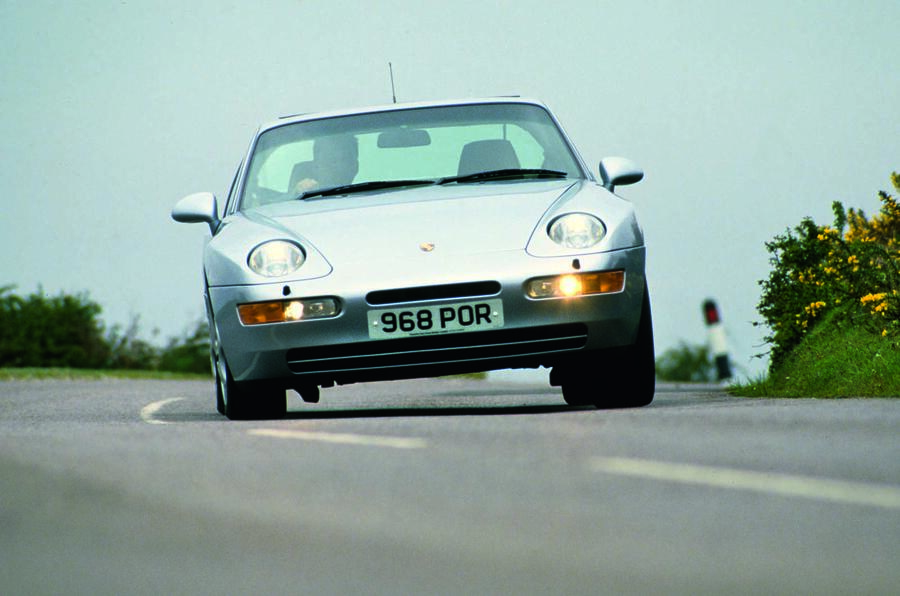
It went on sale in 1992 in 2+2 coupé and two-seat convertible forms powered by an all-aluminium 3.0-litre four-cylinder engine driving the rear wheels through a six-speed gearbox. Fitted with Porsche’s new VarioCam variable valve timing and Motronic fuel injection, it produced 237bhp – sufficient for 0-62mph in 6.5sec. The optional, dual-mode Tiptronic gearbox lengthened that to 7.9sec but then the standard 968 was never about straight-line performance. Rather, it was first and foremost a comfortable and engaging GT with, happily, everyday reliability and creature comforts.
In contrast, creature comforts were the last thing the Club Sport version could boast of. It arrived in 1993 devoid of electric mirrors and windows, central locking, a hatch release and the two rear seats. Meanwhile, the front chairs were replaced by a pair of lightweight Recaros and it sat 20mm lower.
The CS proved its value on the track but not in the showroom, where sales were nothing to write home about. Nonetheless, it had helped identify a strand of customer desirous of a semi-skimmed CS; still low, light and focused and perfect for weekend track days but also comfortable enough for the working week. And so the more popular 968 Sport was born at the end of 1994.
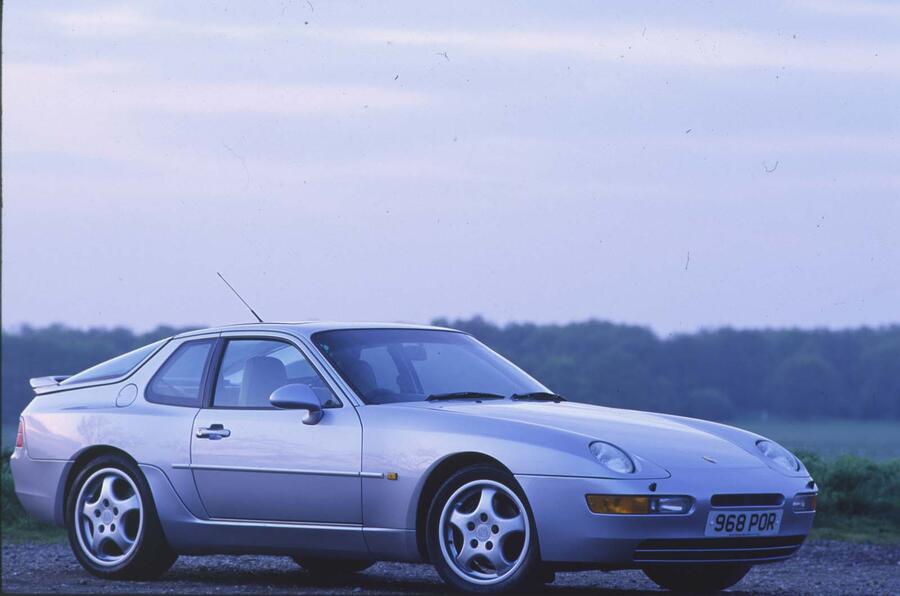

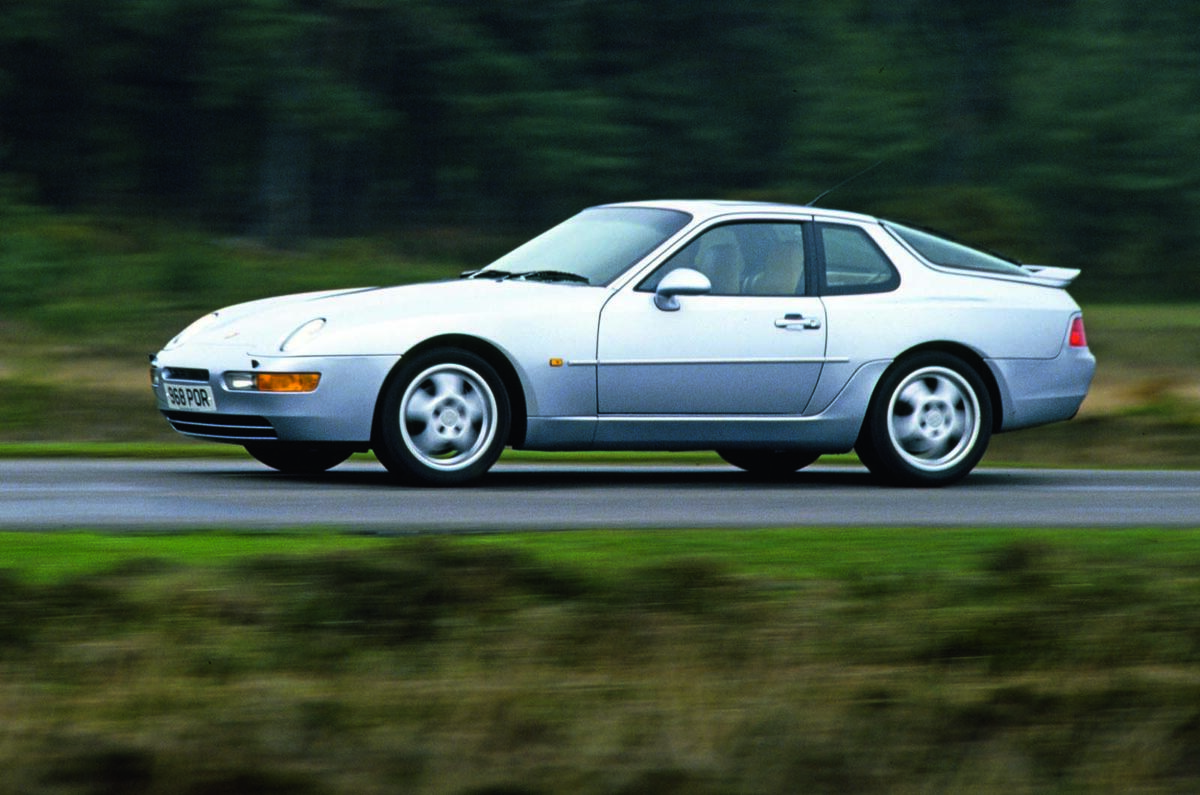
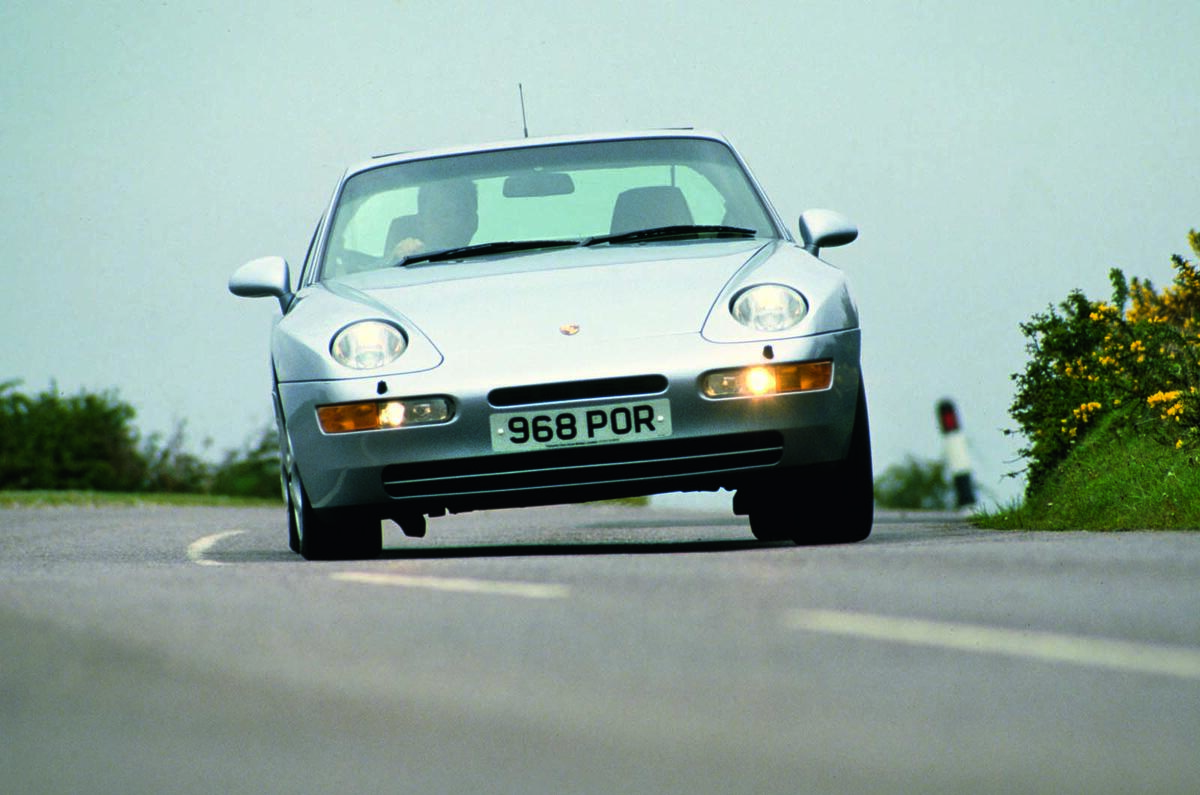
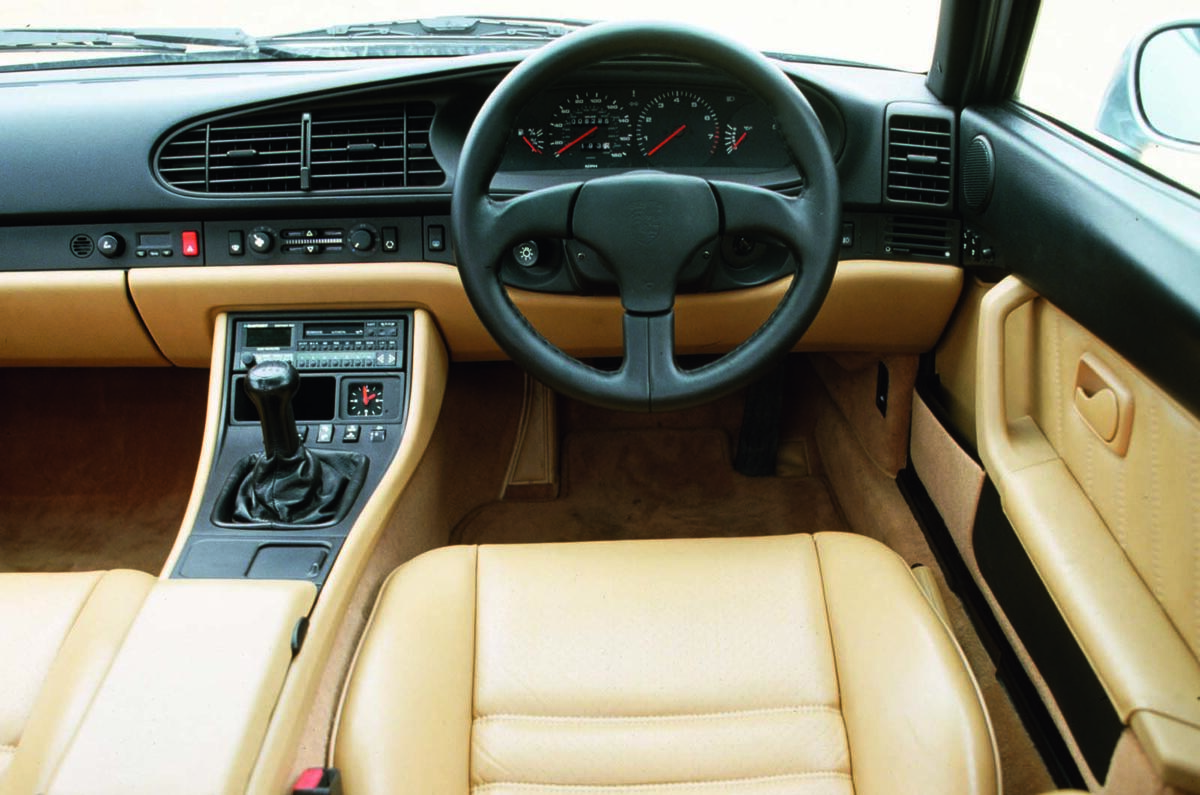
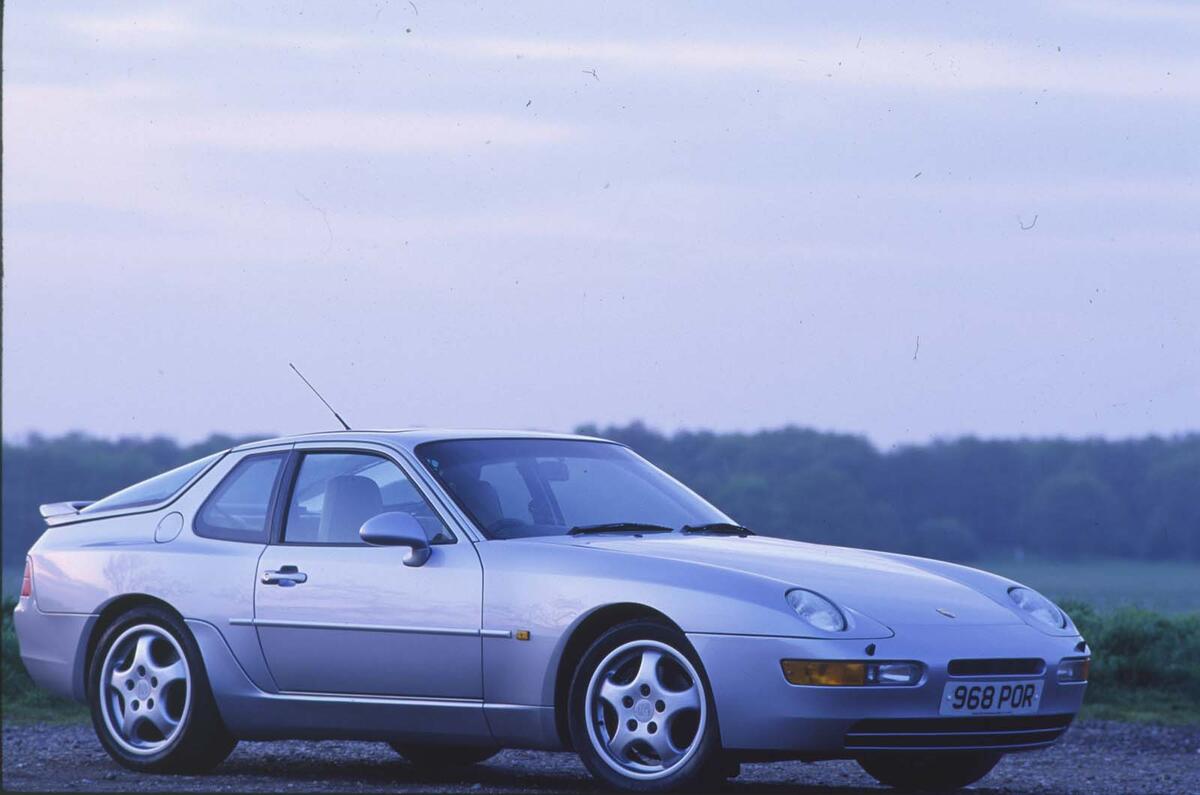


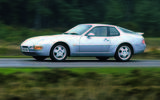
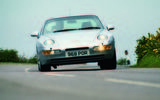


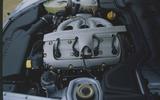
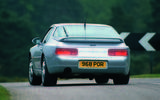

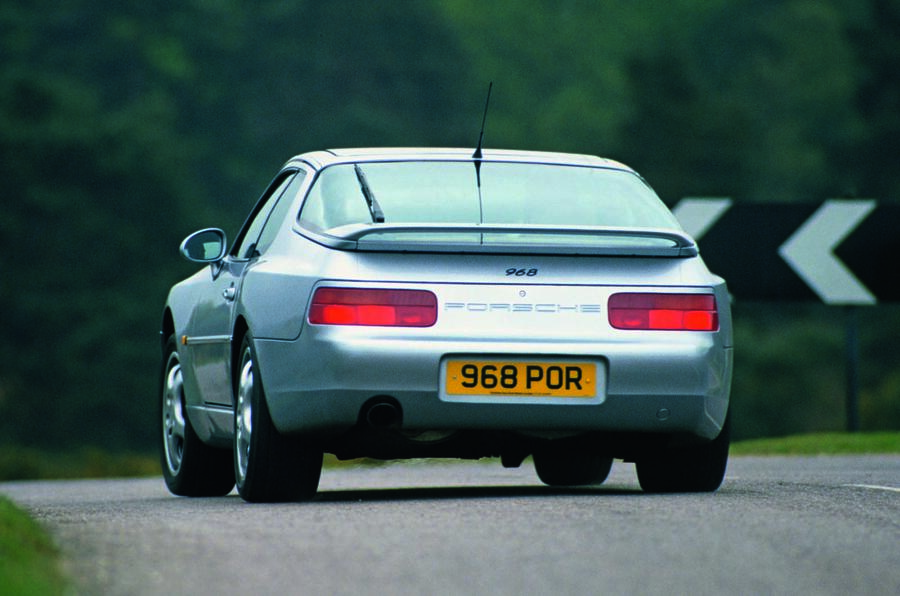
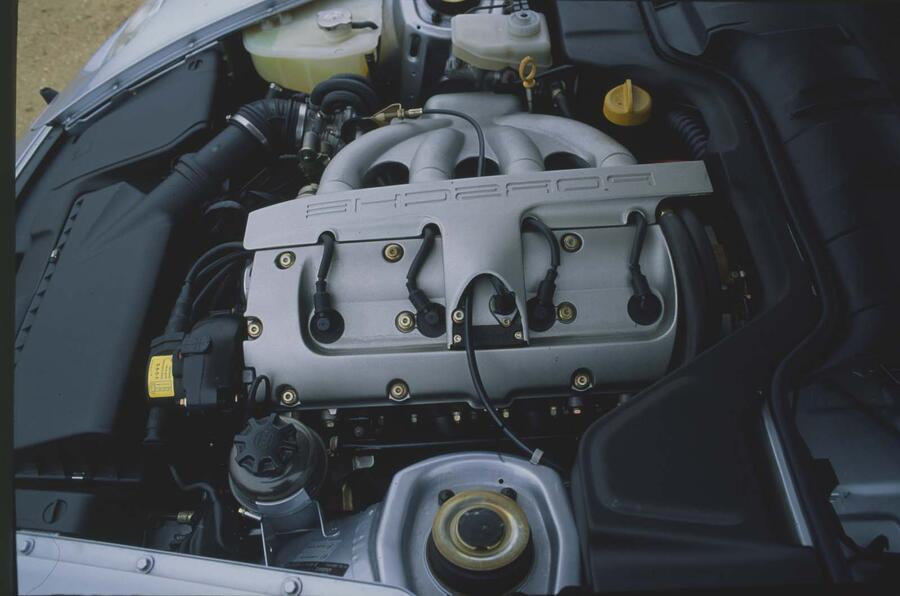
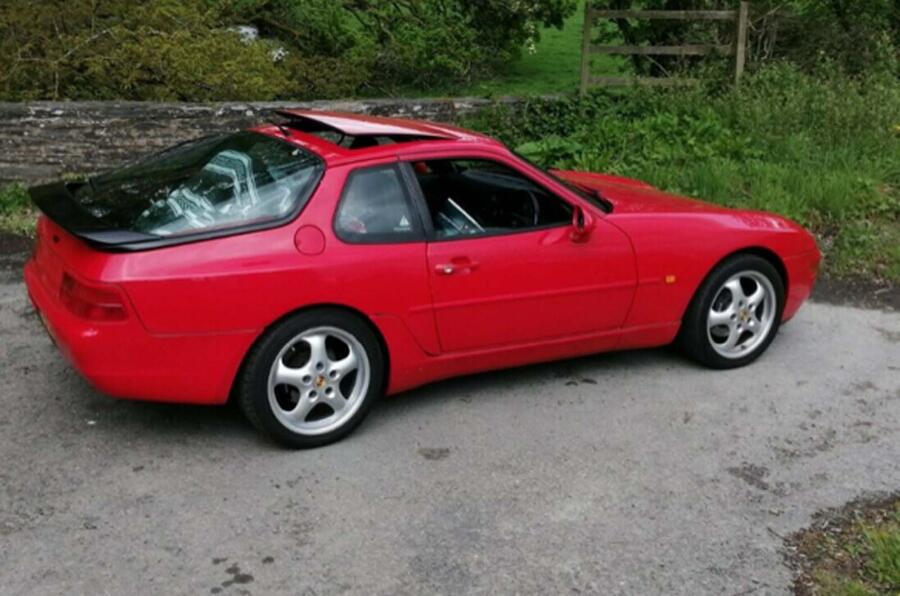

Join the debate
Add your comment
Having owned one of the last
The galvanised body is prone
The galvanised body is prone to rust, weird how the later cars seem more prone than early ones, I had an 83 924, bought in 2012, which had resisted rust really well, a little on a front wing and that was it, the galvanising seemed to work well on that era of car.
.
Just about every buying guide I read on this site serves only to put me off had I ever been contemplating the car described. The buyer beware section always seems full of dire warnings and potential financial disaster.